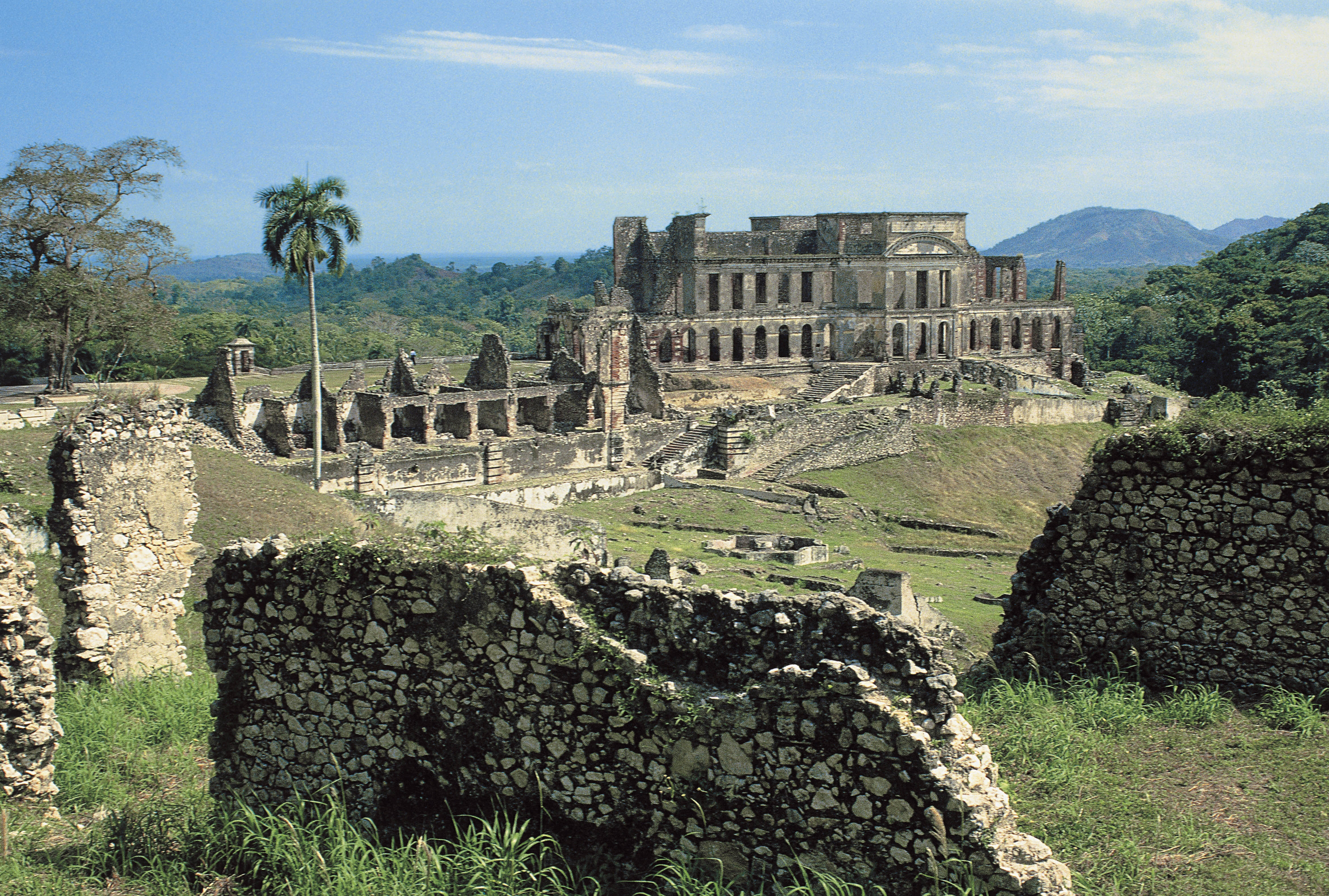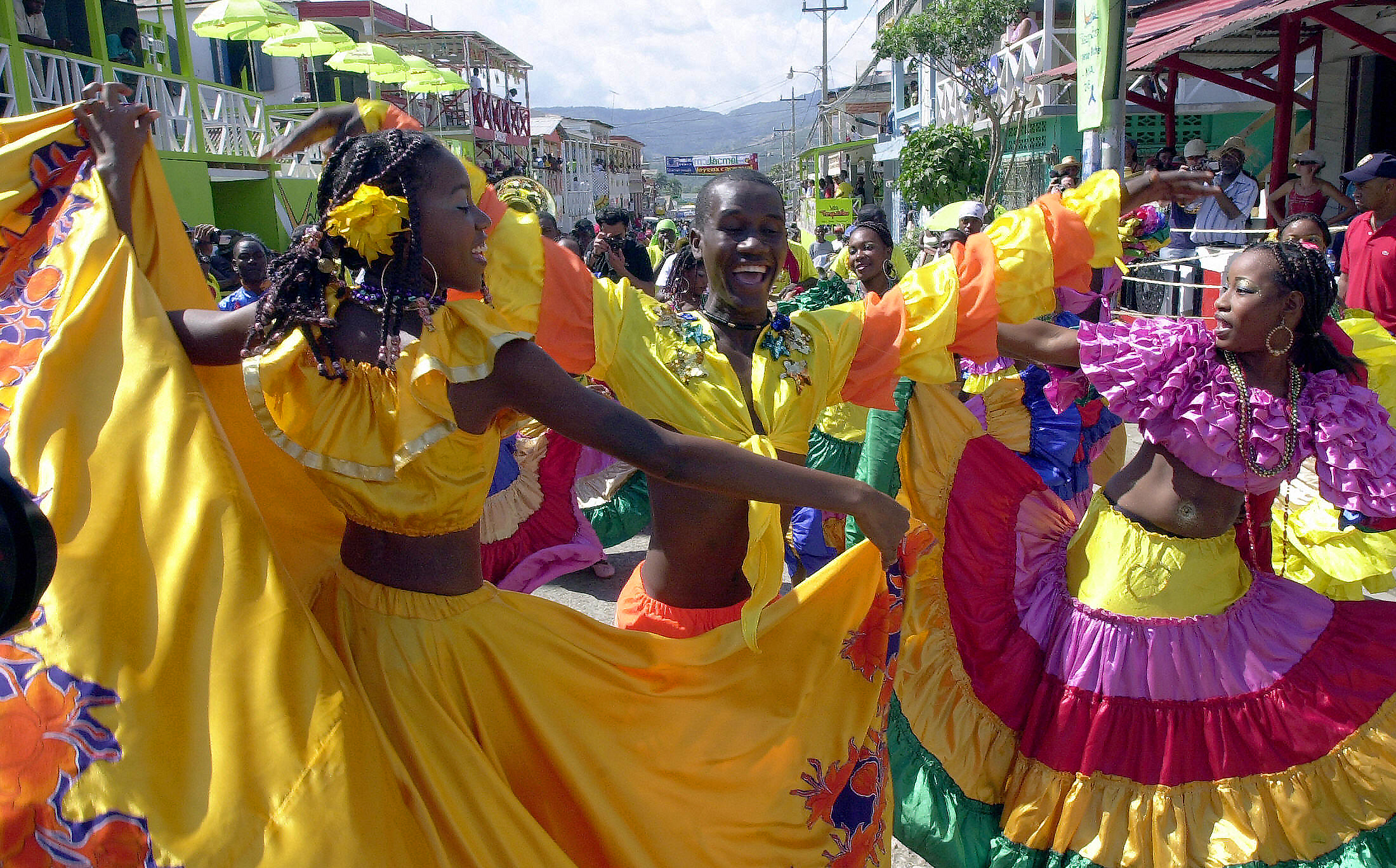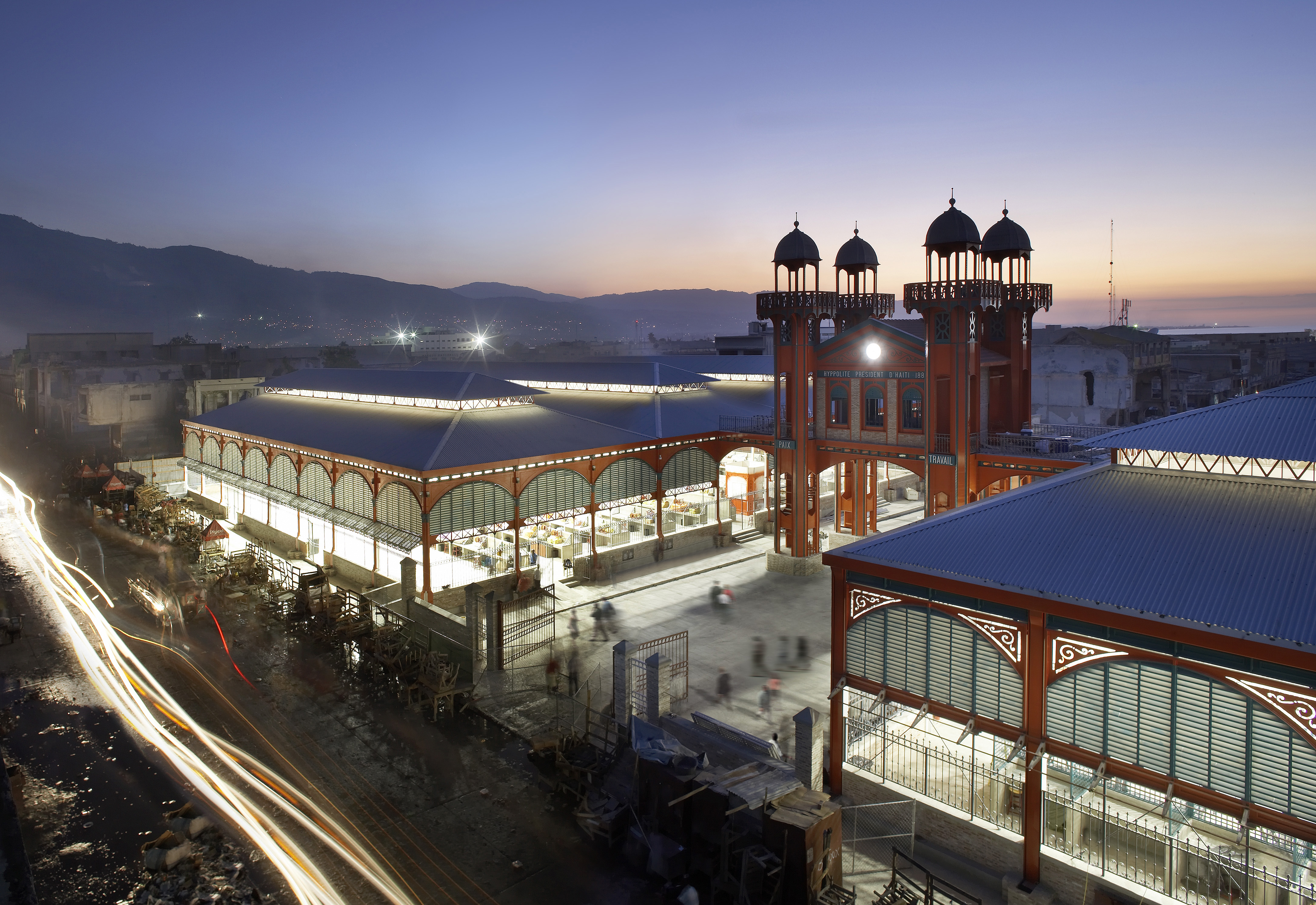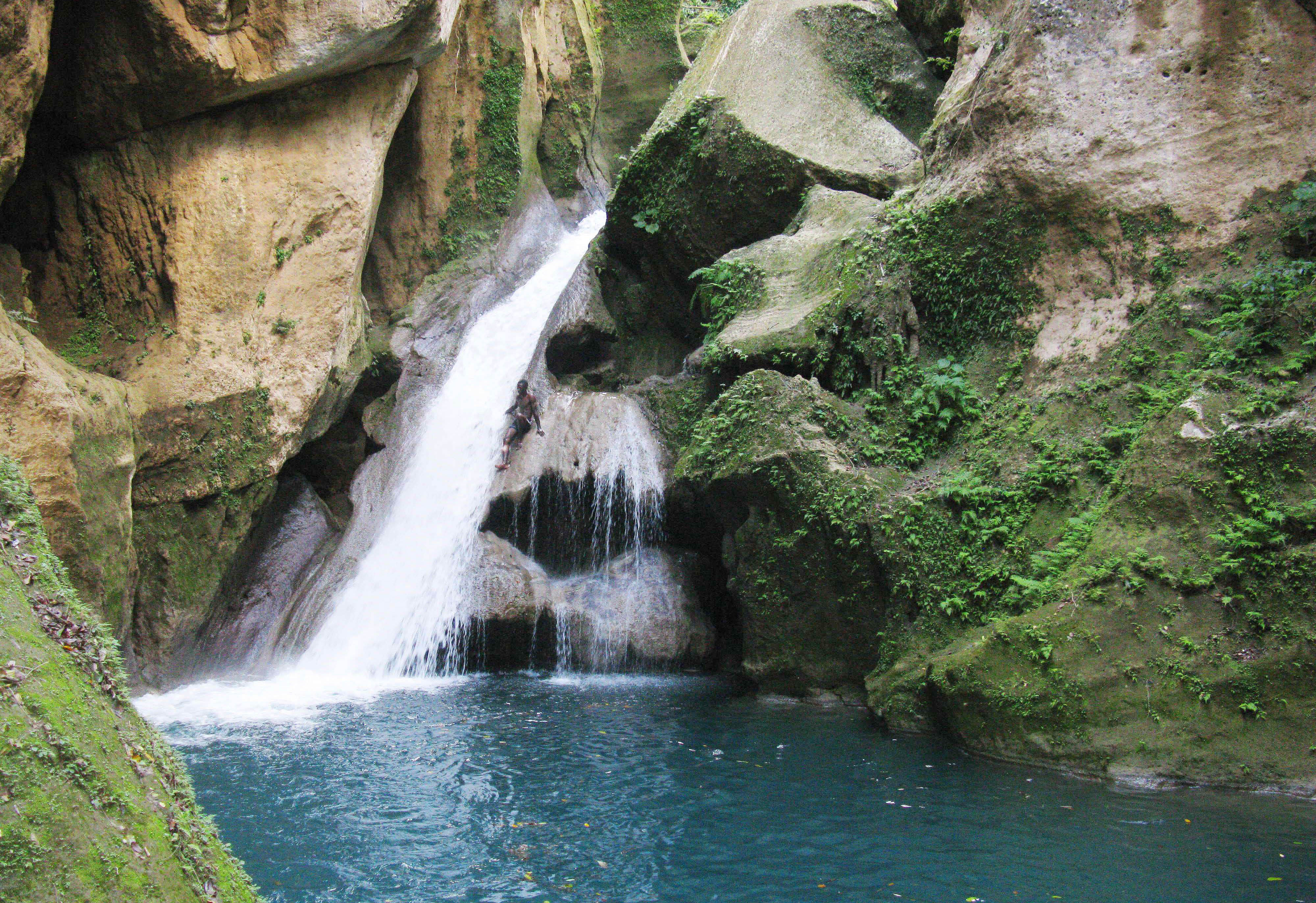Haiti's greatest gift to the world was its revolution, when it freed itself from slavery and French rule to become the world's first independent black republic. The Citadelle la Ferrière is the revolution's most inspiring testament: a fortress that commands the jungle and farmland below from its mountain-top perch. At its foot sit the ruins of Sans Souci palace, a Versailles-in-the-tropics confection built by the revolutionary leader Henry Christophe. Together they comprise Haiti's sole Unesco World Heritage site and one of the Caribbean's truly unmissable attractions; with recent investment in visitor facilities, including a new museum, the attractions have never looked so good.

The old coffee town of Jacmel on the south coast is Haiti's handicrafts capital. It's also home to the country's hottest carnival celebrations every February, when half the country seems to descend upon the town for a weekend of partying. Artisans spend half the year preparing, creating giant colourful papier-mâché sculptures for the parade, while other community groups re-enact traditional (and anarchic) street theatre, all to a constant beat of Haitian rara music. You can recreate the carnival vibe at any time of year with a papier-mâché mask of your own from Jacmel's eclectic Moro boutique.
 Haitians dance during Carnival in Jacmel. © THONY BELIZAIRE / Getty Images
Haitians dance during Carnival in Jacmel. © THONY BELIZAIRE / Getty Images
Of all the Caribbean nations, perhaps none has a richer tradition of visual arts than Haiti. In Port-au-Prince even the heavily pimped-out and painted public transport (known locally as 'tap-taps') look like mobile art displays. The country first burst onto the international arts scene with its painters of the 1940s, and the capital abounds in galleries. But art isn't just on canvas: check out the Vodou-cyberpunk of the Grand Rue Artists, and the intricately carved and beaten metal work of the artisan village of Croix des Bouquets, just outside the capital.
Haiti makes a big point of being a unique Caribbean destination, but we shouldn't forget that it also has what attracts so many visitors to the region in the first place: fantastic beaches. Here, they have the added advantage of not having been over-developed by big-box resorts. The pick of the bunch is Port Salut on the south coast, with its miles of creamy sand and barely a tourist towel in sight – just a handful of private guesthouses and beach bars serving up rum and fish. The island of Ile-a-Vache, a short ferry ride from the city of Les Cayes, has a couple of small resorts offering a truly pampered beach-side escape.
Port-au-Prince is a loud and hectic city. It's still recovering slowly from the 2010 earthquake, but don't expect to see any rubble – that was long cleared away. Instead, focus on its many positives. Its two biggest attractions are the national museum, Musée du Panthéon National, also known as Mupanah, and the Marché de Fer. Mupanah holds items from Haiti's history, from the anchor of one of Christopher Columbus's flagships to memorabilia from Papa Doc Duvalier. The Marché de Fer (Iron Market) is a bright Asian-influenced structure holding a busy market: shop here for everything from spices and art to Vodou paraphernalia. When you're done downtown, head up the hill to the restaurants and art galleries of the upscale neighbourhood of Pétionville.
 A twilight view of the Marché de Fer, or 'Iron Market' in Port-au-Prince, Haiti. © View Pictures / Getty Images
A twilight view of the Marché de Fer, or 'Iron Market' in Port-au-Prince, Haiti. © View Pictures / Getty Images
The name Haiti means 'mountainous country' in the tongue of its original Taino Indian inhabitants, and within its endlessly folded landscape are hidden some of Haiti's most beautiful natural wonders. This is a country rich in waterfalls, many of which offer not just spectacle but great places to swim and picnic. Most famous are the falls at Saut d'Eau, which also attract a large number of Vodou and Catholic pilgrims every July to take its sacred waters. Equally beautiful are the cobalt-blue cascading pools of Bassins Bleu near Jacmel. Close to Port Salut you can also explore the spooky caves of Grotte Marie-Jeanne.

Haitian cuisine is built on the foundations of rice with beans and sauce (diri ak sos pwa). Add a side order of plantain, some fried or stewed meat and top it off with healthy serve of pikliz (a pickled slaw with chili) to give it a bit of bite. There's plenty of fresh seafood on the coast of course (and Haiti has a lot of coast). For dessert, the choice of fresh tropical fruit can seem endless, although the mangoes are particularly delicious in season. For drinks, Barbancourt rum is smooth to sip and great in cocktails; if you're just after a quick cooler you can do no better than a frosty Prestige beer.
In the last couple of years the international hotel chains have started to see the value of investing in Haiti – Hilton is soon to follow the Best Western and Marriott groups in opening in Port-au-Prince. But for now, most hotels in Haiti are locally run and operated, keeping your tourist dollars circulating in the local economy. Accommodation remains relatively expensive in Haiti compared to the rest of the Caribbean.
Port-au-Prince is the main gateway into Haiti, with plenty of flights from the USA, but the recent opening of Cap-Haïtien airport to international flights means that arriving in the capital is no longer essential. Haiti is a small country, and an internal flight between these two main cities takes barely 30 minutes. You'll see more by bus, and although public transport had traditionally been something of an endurance test, new bus companies are taking advantage of the improved highway network to offer comfortable and competitive coach routes between the major destinations. Still, once you get off the beaten track, rough local tap-tap buses and pick-ups are often the only option, so be prepared to squeeze in!
It would be remiss to ignore the fact that Haiti carries something of a reputation that might worry the more hesitant traveler. The reality behind the hype is somewhat different. Haiti is far less violent a country than neighbouring Dominican Republic or Jamaica, both of which host vibrant tourist industries. We'd advise keeping away from political demonstrations (as you would in many countries), but instead heed the number of adventure- and package-tour operators now returning to the country. Haiti is a country more than ready to welcome tourists looking for the next travel frontier.